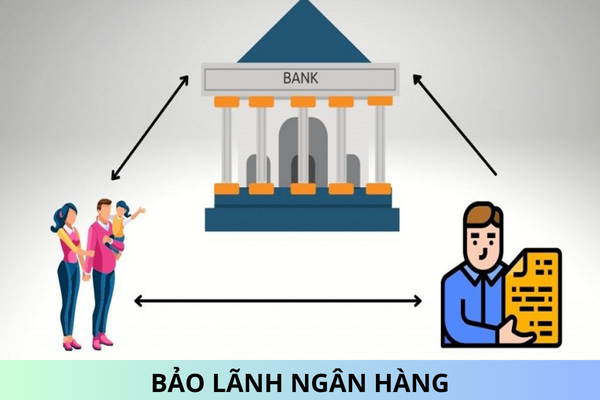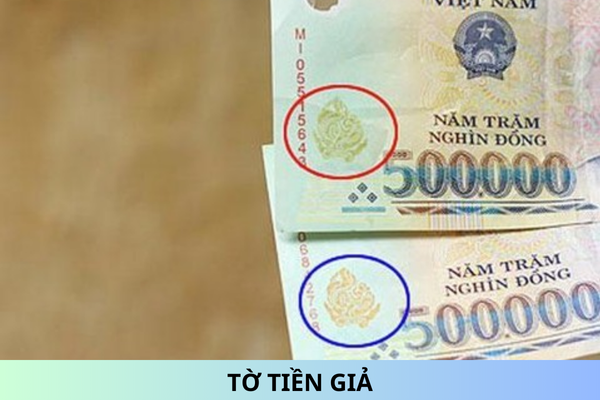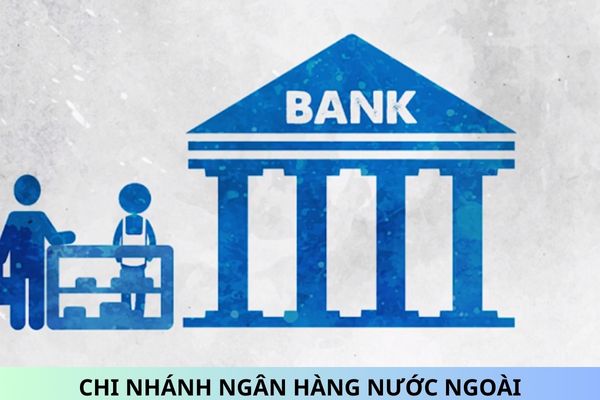What are 06 types of collateral for credit risk mitigation at banks from July 1, 2024 in Vietnam?
Please ask: What are 06 types of collateral for credit risk mitigation at banks from July 1, 2024 in Vietnam? Thank you for your answers. Question from Mr. Long in Long An
What are 06 types of collateral for credit risk mitigation at banks from July 1, 2024 in Vietnam?
Clause 1, Article 12, Circular 41/2016/TT-NHNN, amended by Clause 12, Article 1, Circular 22/2023/TT-NHNN (effective from July 1, 2024), stipulates 06 types of collateral for credit risk mitigation at banks includes:
(1) Cash, valuable papers, savings cards issued by credit institutions or foreign bank branches;
(2) Gold (standard gold, physical gold, jewelry gold with value converted to 99.99 gold);
(3) Valuable papers issued or guaranteed by the Government of Vietnam, State Bank, People's Committees of provinces and centrally run cities, policy banks;
(4) Debt securities rated by an independent credit rating company where these are at least BB- when issued by sovereigns or PSEs;
(5) Debt securities rated by an independent credit rating company where these are at least BBB- when issued by firms;
(6) Stocks listed on the Vietnam Stock Exchange.

What are 06 types of collateral for credit risk mitigation at banks from July 1, 2024 in Vietnam? (Image from the Internet)
What are requirements for debt securities to be credit risk mitigation assets at banks?
In Clause 2, Article 12, Circular 41/2016/TT-NHNN, amended by Clause 12, Article 1, Circular 22/2023/TT-NHNN (effective from July 1, 2024), regulations on credit risk mitigation by the collateral as follows:
Credit risk mitigation by the collateral
...
2. Security assets specified in Clause 1 of this Article must ensure:
a) Comply with legal regulations on secured transactions;
b) Valuable papers, debt securities, shares not issued or guaranteed by the customer and (or) the customer's parent company, subsidiary, or affiliated company.
c) Security assets specified in Points dd and e, Clause 1 of this Article must have matching transactions within 10 working days immediately before the time of calculation and are calculated according to the daily reference market price ( daily mark-to-market).
At Points dd and e, Clause 1, Article 12, Circular 41/2016/TT-NHNN, amended by Clause 12, Article 1, Circular 22/2023/TT-NHNN (effective from July 1, 2024) stipulates credit risk mitigation by the collateral is as follows:
Credit risk mitigation by the collateral
1. Credit risk reduction with collateral only applies to the following collateral:
a) Cash, valuable papers, savings cards issued by credit institutions and foreign bank branches;
b) Gold (standard gold, physical gold, jewelry gold with value converted to 99.99 gold);
c) Valuable papers issued or guaranteed by the Government of Vietnam, State Bank, People's Committees of provinces and centrally run cities, policy banks;
d) Debt securities rated by an independent credit rating company where these are at least BB- when issued by sovereigns or PSEs;
d) Debt securities rated by an independent credit rating company where these are at least BBB- when issued by firms;
e) Stocks listed on the Vietnam Stock Exchange.
....
Thus, debt securities are assets to reduce credit risk at banks in Vietnam including:
+ Debt securities rated by an independent credit rating company where these are at least BB- when issued by sovereigns or PSEs;
+ Debt securities rated by an independent credit rating company where these are at least BBB- when issued by firms;
It must ensure that there must be a matching transaction within 10 working days immediately before the calculation time and be calculated according to the daily reference market price (daily mark-to-market).
In addition, the following conditions in Vietnam must be met:
- Comply with legal regulations on secured transactions;
- Debt securities are not issued or guaranteed payment by the customer and (or) the customer's parent company, subsidiaries, or affiliated companies.
What are principles of credit risk mitigation at banks in Vietnam?
In Clause 3, Article 11, Circular 41/2016/TT-NHNN, amended by Clause 10, Article 1, Circular 22/2023/TT-NHNN (effective from July 1, 2024) regulates credit risk mitigation at banks must comply with the following principles:
- Credit risk mitigation techniques must be implemented in accordance with relevant laws.
Documenting (papers, documents, etc.) on derivatives and on-balance netting must be validated by signatories, clarify responsibilities, obligations of parties involved, have legal effects and regularly be reviewed to ensure legality and validity thereof;
- As for risk mitigation techniques (collateral, on-balance sheet netting and credit derivatives) implemented within a specified maturity, where the residual maturity of a risk mitigation technique is less than that of a claim, a decreasing adjustment to value of that claim shall be applicable to that credit risk mitigation technique of which the original maturity is less than one year and the residual maturity is at least three months;
- Value of the decreasing adjustment to the risk mitigation technique shall be subject to a haircut if the residual maturity of a risk mitigation technique is less than the residual maturity of a claim or transaction (hereinafter referred to as maturity mismatch);
- In cases where credit risk mitigation techniques, claims and transactions are not expressed in the same currency unit (hereinafter referred to as currency mismatch), value of the decreasing adjustment to a risk mitigation technique shall be subject to a haircut according to the currency mismatch;
- Banks and/or foreign bank branches must prepare other strategies, policies and processes for managing other risks (operational, liquidity and market risk, etc.) arising from credit risk mitigation and ensure that the required amount of capital is relative to these risks as prescribed herein;
- In case of combining two or more different credit risk mitigation measures for a receivable or transaction, the bank or foreign bank branch must separate parts of transactions and receivables according to each credit risk mitigation measure to separately calculate the balance value of each part of that receivable or transaction according to regulations.
In case it is not possible to separate transaction parts and receivables according to each credit risk mitigation measure, the bank or foreign bank branch applies a measure with the greatest risk mitigation value.
Best regards!










